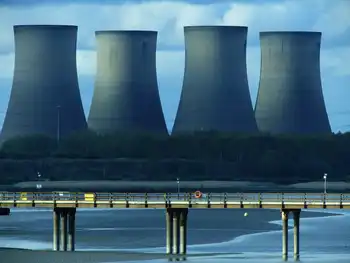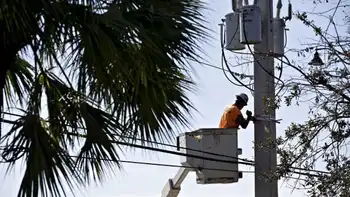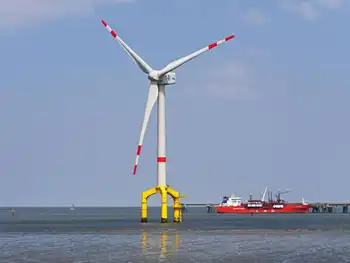IndiaÂ’s farmers oppose coal plants
POINAD, INDIA - Rajni Ramakan Patil has a message for the energy companies that want to build coal-based power stations on the land that she and two generations of her family have farmed for more than 50 years.
“Even if you give us gold, we won’t leave this place. This is our land,” she said.
Rajni and five other families from the village of Poinad cultivate a small parcel of land on the flat and fertile plains near the coastal town of Alibag, about 130km south of the western city of Mumbai.
The land, used for sowing rice crops and growing vegetables like okra and white onions, is among 8,500 acres earmarked for the construction of four giant thermal power plants. Activists opposed to the development fear it could destroy the livelihoods of thousands of people in the area, pollute the clean air and soil and create health problems among the poor farmers and their families.
“They only know how to sow, how to manage fields, how to harvest, how to fish,” said Satish Londhe, who is spearheading the villagers’ fight against the proposals.
The situation in the lush foothills of the Western Ghats mountain range embodies the problem facing India: how does it meet the increasing demand for energy as the countryÂ’s population explodes and economic growth continues.
According to the International Energy Agency, more than half of the worldÂ’s energy demands by 2030 will come from India and its fellow emerging economic powerhouse China.
But while China was reportedly building two new power stations per week, IndiaÂ’s energy infrastructure has struggled to keep pace with rapid growth.
Some 400 million people currently lack regular electricity and even where it is available power cuts can be daily occurrences.
Maharashtra Energy Generation Ltd, a unit of IndiaÂ’s largest private utility firm Reliance Energy Ltd, Tata Power and the other companies involved in the proposed plants say the 7,700 megawatts produced will ease supply problems.
The villagers and environmentalists supporting them accept the need for more electricity but question whether coal is the answer.
With concern about high levels of greenhouse gas emissions from the burning of fossil fuels, they want renewable energy, which currently supplies about 25 percent of IndiaÂ’s electricity, to be given greater priority.
According to Greenpeace India, wind, solar and tidal power could provide up to 35 percent of the countryÂ’s power by 2030, with less environmental damage and social consequences.
“People don’t want the project,” said Vishnu Mhatre, a medical doctor who runs a clinic near the proposed power plant sites. “They want change but they don’t want pollution. “They want electricity but electricity can be provided by wind or other renewables.”
But India — the world’s third-biggest producer of electricity from fossil fuel — appears set on coal, which at present provides just under 55 percent of the country’s power.
The ministry overseeing the industry maintains that coal will continue to take “centre stage of India’s energy scenario” in the years to come, calling it a “unique ecofriendly fuel service to (the) domestic energy market”.
Retired Admiral L Ramdas, a former chief of the Indian naval staff, lives in Alibag with his wife, Lalita, who sits on the board of directors of Greenpeace International.
He called for more use of wind power and energy storage and described the potential displacement of thousands of farmers at a time of chronic food shortages in some parts of rural India as a “crazy, crazy situation.”
The fight between India’s fabled “common man” and at least two of its biggest corporate beasts might seem unevenly matched, but there is a precedent for a victory against the odds.
Proposals for another power plant in the southern state of Karnataka were shelved after popular protests. “Even a project delayed is a limited victory,” said Ramdas.
“We will carry on. We will wear them out. They won’t wear us out.”
Related News

The nuclear power dispute driving a wedge between France and Germany
BERLIN - Near the French village of Fessenheim, facing Germany across the Rhine, a nuclear power station stands dormant. The German protesters that once demanded the site’s closure have decamped, and the last watts were produced three years ago.
But disagreements over how the plant from 1977 should be repurposed persist, speaking to a much deeper divide over nuclear power between the two countries on either side of the river’s banks.
German officials have disputed a proposal to turn it into a centre to treat metals exposed to low levels of radioactivity, Fessenheim’s mayor Claude Brender says. “They are not on board…



